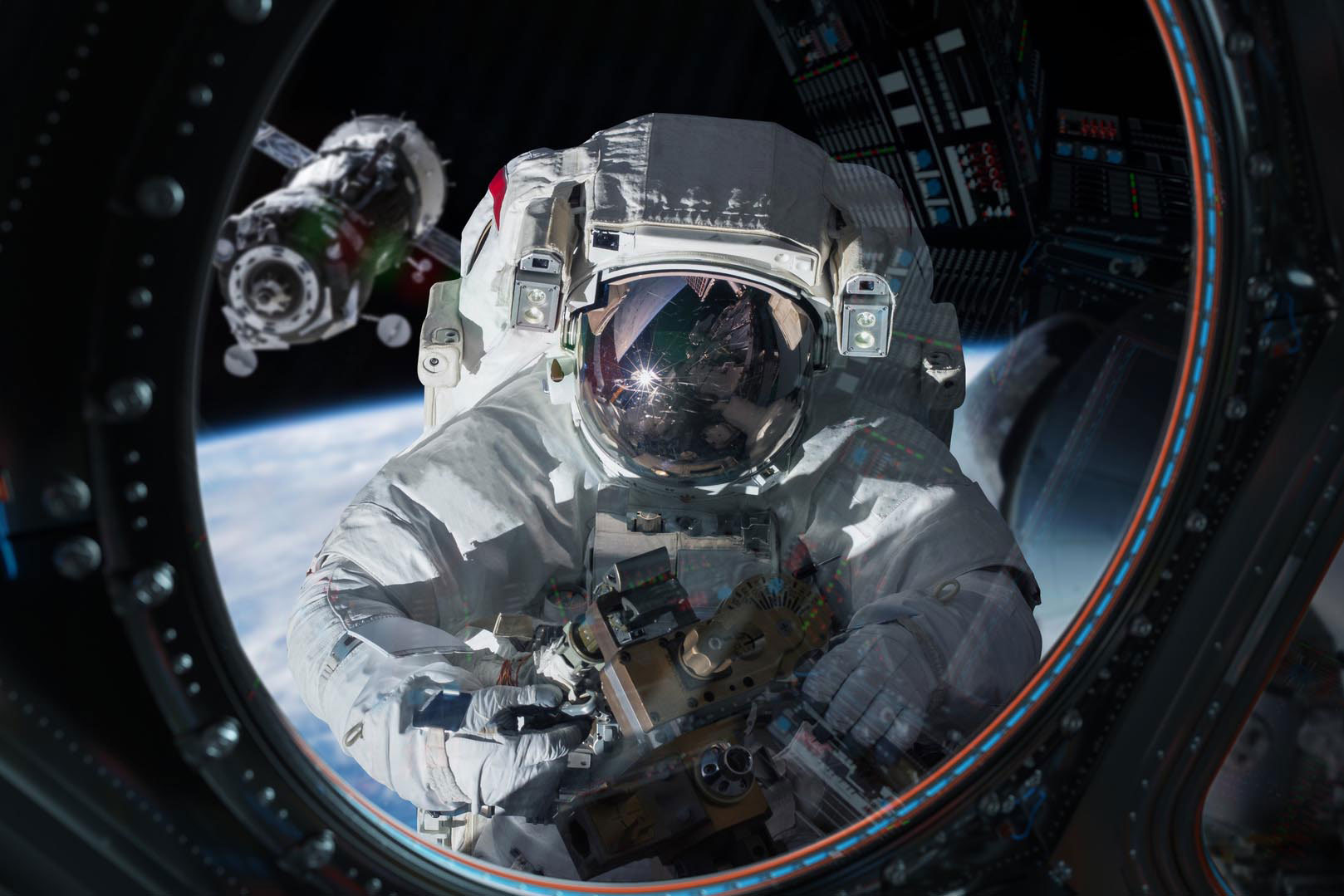• How the microbiome changes in the space environment as compared to Earth
• Differences at the functional level
-
What is already known on this topic
How humans adapt to the spaceflight environment and conditions (microgravity, radiation, isolation, etc.) is still poorly understood due to the brevity of most space missions (<300 days). -
What this research adds
With a view to longer-term expeditions, this study provides insights on the effects of a 340-day space mission on the body and human mind. Researchers compared the clinical and psychological parameters of an astronaut and his monozygotic twin on Earth before, after and during the permanence onboard the International Space Station. -
Conclusions
Most of the parameters, including the microbiome, remained stable during the mission or returned to physiological conditions shortly after the return. It is therefore reasonable to suppose that human health can be sustained over this duration of spaceflight. In contrast, some changes were observed that will have to be monitored for future, longer expeditions.
To date, more 559 men have been flown into space, but most of them only for a limited period of time (<300 days). Our knowledge of how the spaceflight environment affects physical and mental health is therefore temporally restricted, and mainly focused on the cardiovascular, musculoskeletal and sensory-motor systems. However, our horizons expand and landing on Mars or planning for longer missions is less and less science fiction. So the question of how a prolonged permanence in space affects our body and health becomes urgent. Exploring this aspect was the main purpose of the extensive study coordinated by Francine E. Garrett-Bakelman, of Weill Cornell Medicine, in the United States, and published in Science.
Thanks to the fundamental support of NASA, various clinical parameters – body mass, genomic and metabolic stability and intestinal microbiome -, and psychological – cognitive decline – of an astronaut in orbit for 340 days were analyzed and compared with those of his homozygous twin on Earth. 317 samples were collected before departure, during the mission and one year after returning respectively. Through their analysis, an important amount and variety of data was collected and integrated. In this article we will focus on the microbiome analysis.
How the microbiome changes in the space environment as compared to Earth
Through metagenomic sequencing of faecal material, it was possible to monitor changes in the gastrointestinal microbiome over time and in relation to the spaceflight environment with the following results:
- 1364 of the 1641 taxa identified at the genus level were recorded in both subjects;
- the “terrestrial” twin showed a significantly greater microbiome richness than the astronaut;
- no difference was observed in terms of biodiversity (alpha-diversity, Shannon index) between the two brothers. The two bacterial profiles, on the other hand, were very distinct in terms of structure (beta-diversity) with a greater homogeneity for the astronaut’s one. A similar trend was observed also for viral and fungal communities;
- Firmicutes and Bacteroidetes (in particular the Bacteroides genus) dominated the microbiome of both brothers, covering over 96% of the total identified sequences. Actinobacteria and Proteobacteria followed with 1.97% and 1.27% respectively;
- the Firmicutes / Bacteroidetes expression ratio varied from 0.72 to 5.55 with higher values in the samples collected from the astronaut during the mission;
- 0.5% to 4.5% of the bacterial taxa identified in the astronaut’s microbiome (36 species, 13 genera, 8 families, 4 orders, 3 classes and 3 phyla) showed a different abundance between the samples collected during the mission and those of the pre- and post- phase.
Differences at the functional level
The functional and metabolic characteristics were combined with the compositional characterization of the microbiome:
- for the astronaut, the functional genes’ content during the mission showed considerable differences with the pre- and post-flight phases, while this variation did not occur in the brother;
- the space environment significantly altered the abundance of a moderate fraction of functional genes’ categories (2-23%). The same observation did not occur on Earth;
- the astronaut’s samples collected during the mission recorded a slightly higher similarity than those of the brother at both the taxonomic and functional genes levels;
- in the astronaut’s samples, throughout the study, lower values were recorded for some of the identified bacterial metabolites (phenols, indoles, bile acid derivatives, etc.) displaying anti-inflammatory activity (3-indole propionic acid).
The study analyzed many other parameters in addition to the bacterial component. In summary, the prolonged permanence in space has been shown to have no influence in most cases or, at most, to produce a significant but transient alteration. Likewise the composition of the microbiome, telomere length, gene regulation, body weight, carotid artery size, ocular structure and serum metabolite levels returned to the physiological range values within six months of the mission’s end. On the other hand, the inflammatory cytokines, the network of immune genes and the cognitive performance were all affected by the “stress” of returning to Earth.
Thanks to the wide range of variables being analyzed, as well as the scrupulous collection and data analysis, this study, in addition to reassuring about the feasibility of missions of slightly longer than normal duration (340 days vs> 300), will serve as a “guide” for the safety of astronauts in future spaceflights, even if the data will need to be gradually integrated with further information.
Translated from italian by the editorial staff











